One recent study found that small business owners, executives, and entrepreneurs waste as much as 21.8 hours a week on unproductive activities.
How much time do you think you and your fellow professional photographers waste?
You got into photography because you’re passionate about it. But running a successful photography business requires a lot more than framing the perfect shot. Being productive is not as easy as it sounds, because there are often distractions tearing your attention away from your work.
Here are nine ways you can increase your productivity and earn more as a photographer:
- Use workflow software
- Create templates for frequent emails
- Set up systems for editing photos more efficiently
- Protect your calendar
- Maximize your social media efforts with a scheduling app
- Keep a notebook for jotting down ideas
- Outsource when possible
- Arrange your day according to your energy levels and mood
- 9. Set specific short-term goals
- What one, two, or three things do you want to celebrate at the end of the year?
- Where am I in my personal journey, and where do I want to be at the end of the year?
- What important areas of my life or work have I neglected in the past year that I want to prioritize this year?
Scheduling follow-up reminders, creating invoices, and keeping track of expenses can all be automated.
There are tons of workflow software tools out there, including Táve and Jotform.
Do you find yourself writing roughly the same emails over and over again?
Creating customizable templates or canned responses for emails that you send to most clients at some point in your workflow (for example, introductory emails to new clients) can save you a lot of time. Instead of writing a new email for every client, you can reach for your trusty template, fill in the client’s name and details, and send it off in just a few minutes.
Editing photos can be one of the most time-consuming aspects of your photography business. Devising systems to reduce the time you spend editing affords you more hours a week to land new clients and do more photo shoots.
A straightforward way to improve your editing efficiency is to tackle edits in large batches. Newborn photographer Nicole Smitt uses Lightroom and the Batch+ plugin to organize all of her edits.
Another way to save time while editing is to create custom keyboard shortcuts for every editing action. While it takes some time to create these, in the long run they will save you hundreds of keystrokes during editing sessions.
You can’t get much done if your day is peppered with meetings, so it can be helpful to set aside blocks of time every day for working.
Companies like Calendly make it easy to set meetings with clients around your work schedule. The scheduling software allows you to allot specific intervals of time every day for meetings, which means your “work time” is automatically protected.
Planning and scheduling all your content for the week or month at once can ensure your social media is consistent and efficient. Currently, the only way to effectively schedule content on most social media platforms is to use a third-party app.
Creative photographer Mariah Jackson swears byPLANN, which is built specifically for Instagram. As a bonus, the app can help you generate “ideas of what and when to post, based off of what other photographers are getting the most feedback on,” she says.
How many times have you kicked yourself for forgetting that thing you were going to do?
A recentsurvey showed that the majority of professionals prefer old-fashioned pen and paper to record their creative ideas on the go. Having a notebook handy ensures that when inspiration strikes, you’re prepared to make a quick note to refer to later.
Outsourcing nonessential tasks leave you with more time to focus on business growth.
Everyday tasks that photographers outsource include financial management and administrative activities that could be quickly taken care of by an accountant or virtual assistant.
As you grow, you may find yourself outsourcing everything that doesn’t involve your expertise — taking photos. For instance, Melbourne-based event photographerPat Brunet says, “We outsource blog content writing…. As photographers we’re more visual and not big into writing content so by outsourcing to a content writer it frees up a lot of time to work on other things in the business.”
At different times of day, your mood and mental stamina are better suited for certain types of tasks. Tackling activities when you’re naturally inclined to do them is a surefire way to do them faster and better.
The book When: The Scientific Secrets of Perfect Timing by Dan Pink explores this idea. One quick takeaway: Pink suggests that you focus on“analytical problems in the morning and save creative pursuits for later in the afternoon and early evening.”
Setting clear short-term goals for growing your business and developing an actionable plan for achieving them may be the single best way to increase your productivity. That’s because when you define your goals, you have the internal motivation to focus on your work.
The Productive Flourishing community recommends asking yourself three questions when setting goals:
No matter which systems and habits you implement to increase your productivity, it all comes down to your ability to fight the temptation of distraction.
In his book on finishing creative work, The War of Art, Steven Pressfield names the enemy of productivity — Resistance. “Its aim,” according to Pressfield, “is to shove us away, distract us, prevent us from doing our work.”
These nine tips can help you build healthy working habits and be more productive.





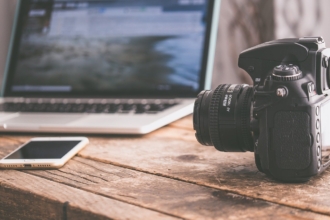

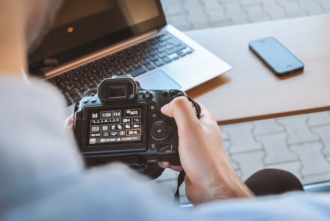









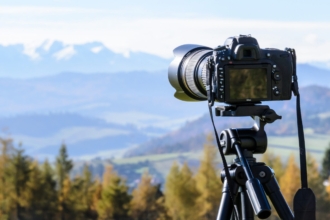


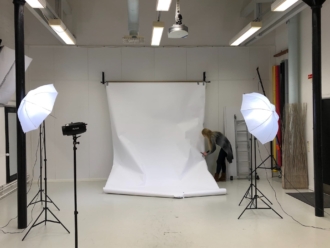



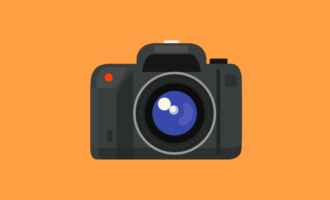
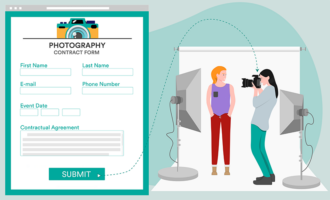



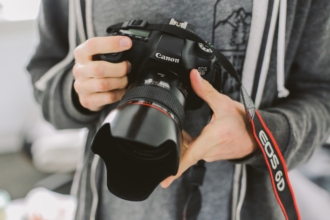
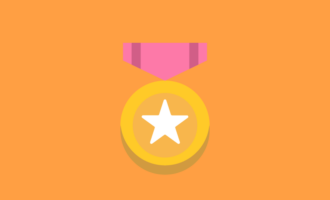



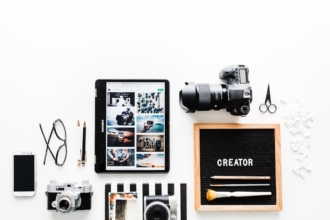



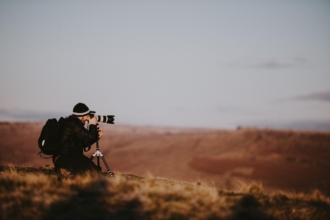



Send Comment: